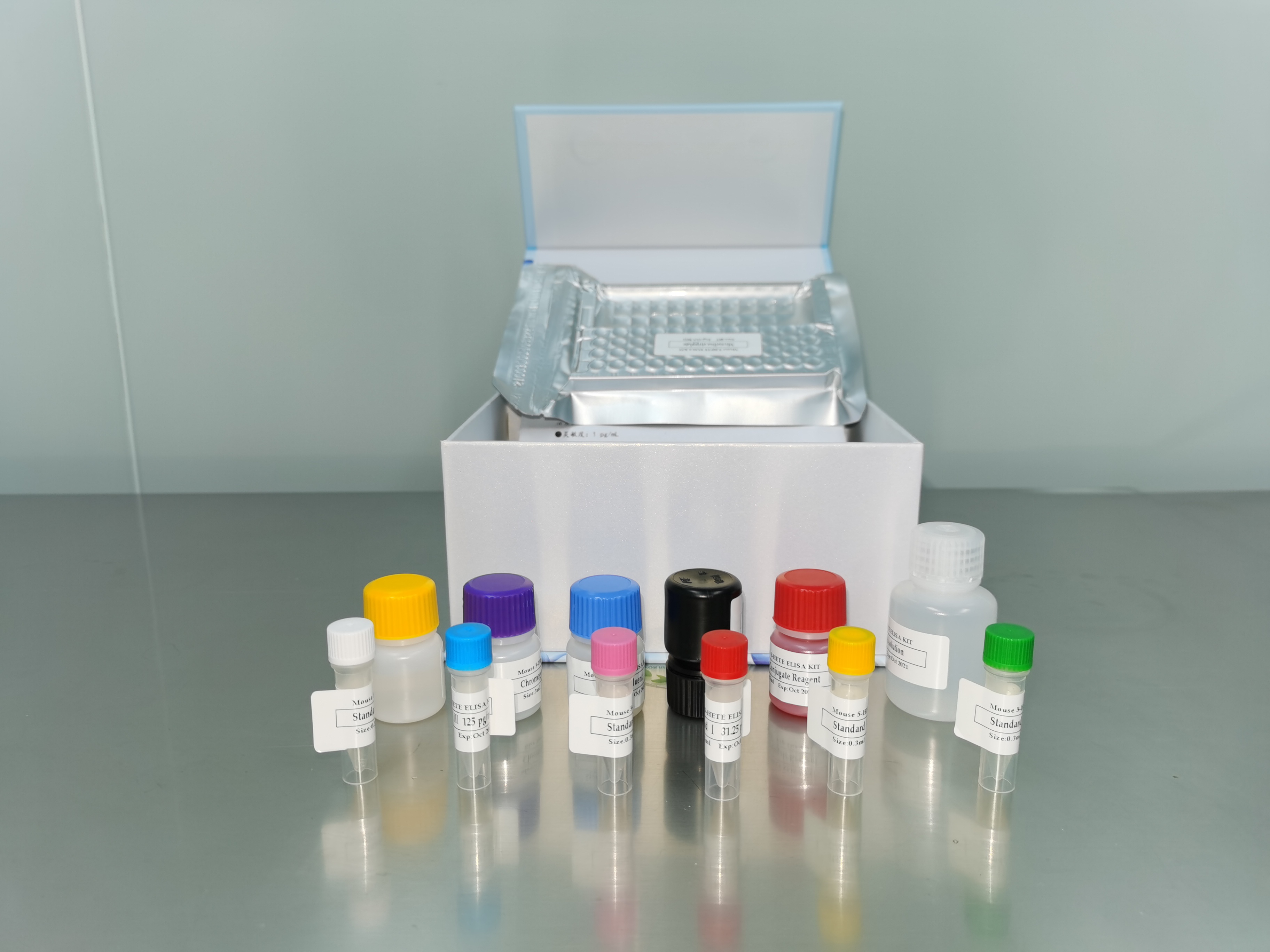| 产品名称: | Dunaliella bardawil Amotz and Avron |
|---|---|
| 商品货号: | TS142318 |
| Application: | Biofuel production |
| Biosafety Level: | 1
Biosafety classification is based on U.S. Public Health Service Guidelines, it is the responsibility of the customer to ensure that their facilities comply with biosafety regulations for their own country. |
| Isolation: | salt pond near Bardawil Lagoon, North Sinai, Israel, 1976 |
| Product Format: | test tube |
| Type Strain: | no |
| Disclosure: | This material is cited in a US or other Patent and may not be used to infringe the claims. Depending on the wishes of the Depositor, ATCC may be required to inform the Patent Depositor of the party to which the material was furnished. This material may not have been produced or characterized by ATCC. |
| Comments: | Photosynthetic. Deposited as mixed culture. Bacteria present. Source of beta-carotene in chicken feed Chemical profile of selected species of microalgae Stereoisomers of B-carotene and phytoene Two-phase growth for B-carotene production |
| Medium: | ATCC® Medium 1174: DA medium |
| Growth Conditions: | Max Temperature: 25.0°C Min Temperature: 20.0°C |
| Cryopreservation: | 1. xa0 Prepare a 5% (v/v) sterile methanol solution in fresh ATCC medium 1174 without agar.xa0 2.xa0xa0 Harvest cells from a culture which is at or near peak density by adding 3.0 ml methanol solution to the slant and washing cells into suspension. 3. Adjust the concentration of cells to 2 x 106/ml with fresh methanol solution. 4.xa0 Dispense in 0.5 ml aliquots into 1.0 - 2.0 ml sterile plastic screw-capped cryules (special plastic vials for cryopreservation).xa0 The time from mixing of the cell preparation and the methanol solution, before the cooling cycle begins, should be no greater than 15 min. 6.xa0xa0 Place vials in a controlled rate freezing unit. From room temperature cool at -1°C/min to -40°C. If freezing unit can compensate for the heat of fusion, maintain rate at -1 C/min through heat of fusion. At -40°C plunge ampules into liquid nitrogen. Alternatively, place the vials in a Nalgene 1°C freezing apparatus.xa0 Place the apparatus at -80°C for 1.5 to 2 hours and then plunge ampules into liquid nitrogen.xa0 (The cooling rate in this apparatus is approximately -1°C/min.) xa0xa0 7. Store ampules in either the vapor or liquid phase of a nitrogen refrigerator. Frozen preparations stored below xa0xa0xa0 xa0-130°C are stabile indefinitely. Those stored at temperatures above -130°C are progressively less stabile as the storage temperature is elevated.xa0 Shelf life must be determined empirically for storage temperatures above -130°C. 8.xa0xa0 To establish a culture from the frozen state place an ampule in a water bath set at 35°C. Immerse the vial to a level just above the surface of the frozen material. Do not agitate the vial. 9.xa0xa0 Immediately after thawing, do not leave in the water bath, aseptically remove the contents of the ampule and add to a centrifuge tube containing 5 ml of ATCC medium 1174 without agar.xa0 Centrifuge at 300 x g for 5 min. 10.Remove most of the supernatant and then resuspend the pellet.xa0 Place culture on ATCC medium 1174 slants and incubate on a 15° horizontal slant at 50-100 µEinsteins/m2/s irradiance at 25°C.xa0 Maintain under a 14/10 h light-dark photoperiod. |
| Name of Depositor: | A Ben-Amotz |
| U.S. Patent Number: | |
| U.S. Patent: | |
| Year of Origin: | 1976 |
| References: | Avron M, Ben-Amotz A. Production of glycerol, carotenes and algae meal. US Patent 4,199,895 dated Apr 29 1980 Ben-Amotz A, et al. Chemical profile of selected species of microalgae with emphasis on lipids. J. Phycol. 21: 72-81, 1985. Ben-Amotz A, Avron M. On the factors which determine massive Beta-carotene accumulation in the halotolerant alga Dunaliella bardawil. Plant Physiol. 72: 593-597, 1983. Ben-Amotz A. Accumulation of beta-carotene in halotolerant algae: purification and characterization of beta-carotene-rich globules form Dunaliella bardawil (Chlorophyceae). J. Phycol. 18: 529-537, 1982. Ben-Amotz A, et al. Massive accumulation of phytoene induced by norflurazon in Dunaliella bardawil (Chlorophyceae) prevents recovery from photoinhibition1. J. Phycol. 23: 176-181, 1987. Ben-Amotz A, Avron M. The wavelength dependence of massive carotene synthesis in Dunaliella bardawil (Chlorophyceae)1. J. Phycol. 25: 175-178, 1989. Ben-Amotz A, et al. Stereoisomers of á-carotene and phytoene in the alga Dunaliella bardawil. Plant Physiol. 86: 1286-1291, 1988. Ben-Amotz A. New mode of Dunaliella biotechnology: two phase growth for B-carotene production. J. Appl. Phycol. 7: 65-68, 1995. Ben-Amotz A, et al. Use of the beta-carotene rich alga Dunaliella bardawil as a source of retinol. Br. Poult. Sci. 27: 613-619, 1986. PubMed: 3815129 |
| Cross References: | Nucleotide (GenBank) : U91900 Dunaliella bardawil phytoene synthase mRNA, complete cds. |


